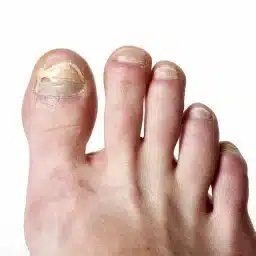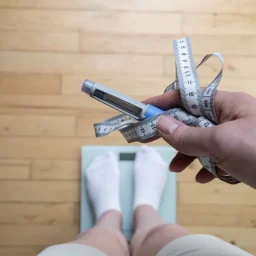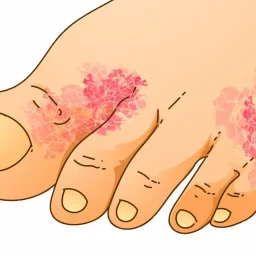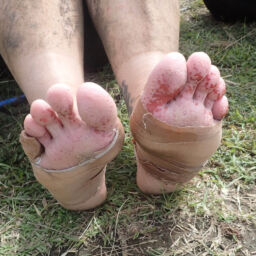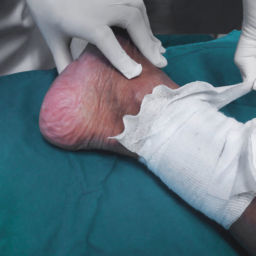
If you’re living with diabetes, monitoring your health daily is vital to keeping the disease in check. Type 1 and type 2 diabetes, which are chronic conditions that impact your body’s uses of blood sugar, can result in the risk of developing a host of foot problems. This is because diabetes can cause damage to your nerves and reduce the amount of blow flow to your lower extremities, which could lead to conditions such as foot ulcers, diabetic neuropathy and peripheral vascular disease. We go over diabetic foot problems tips in this blog that help out patients maintain their diabetic foot issues.
When you suffer from nerve damage, or are not getting enough blood to your feet, it may be harder for you to feel an injury. If any injury goes unnoticed, you could end up with an infection or wound that isn’t healing correctly. Problems which are left untreated could lead to the need for surgical intervention or amputation.
If you have been diagnosed with diabetes, practicing proper foot care will help prevent small problems from turning into major issues.
Check Your Feet & Ankles Daily
One of the most important aspects of diabetic foot care involves inspecting your lower extremities every day for any cuts, sores, bruises, swelling or hot spots. Any of these symptoms could be signs of an underlying problem developing. You should also be keeping an eye out for dry or cracked skin, tenderness, ingrown toenails, calluses and corns. If you’re unable to reach your feet comfortably, ask a family member to do a quick check or use a mirror to see the undersides of your feet. If you do notice anything out of the ordinary, you should make an appointment to see a podiatrist as soon as possible.
Keep Your Diabetes Under Control
To keep diabetic foot problems at bay, you need to ensure your diabetes is under control. In addition to monitoring your blood sugar levels, you should also be eating a healthy diet, getting enough physical activity daily and losing any excess weight.
Wear the Right Socks & Shoes Daily
When you have diabetes, you should be wearing socks and shoes daily, and avoiding going barefoot at all times. While socks and shoes are important, the right socks and shoes can make a major difference. Make sure you purchase shoes that fit properly, protect your feet from injuries and prevent your feet from getting too hot or too cold. You should also choose cotton or wool socks and avoid any tight-fitting options.
Trim Your Toenails
If you can reach your toenails, you should be keeping them trimmed. If you are unable to do so, your podiatrist can help take care of your toes to prevent infections like ingrown toenails. When it is time for a trim, cut your nails straight across. Avoid cutting the corners and your cuticles. It is also a good idea to trim your toenails after you shower, when the nails are softer.
Diabetes can lead to serious problems in your feet, ankles and lower legs. To avoid complications from the disease, it is important to practice proper foot care every day and see your podiatrist regularly. At Certified Foot and Ankle Specialists, we’re experts in managing your diabetic foot care. Make an appointment at one of our seven South Florida locations today to get started on a treatment and prevention plan for any and all of your diabetic foot problems.



